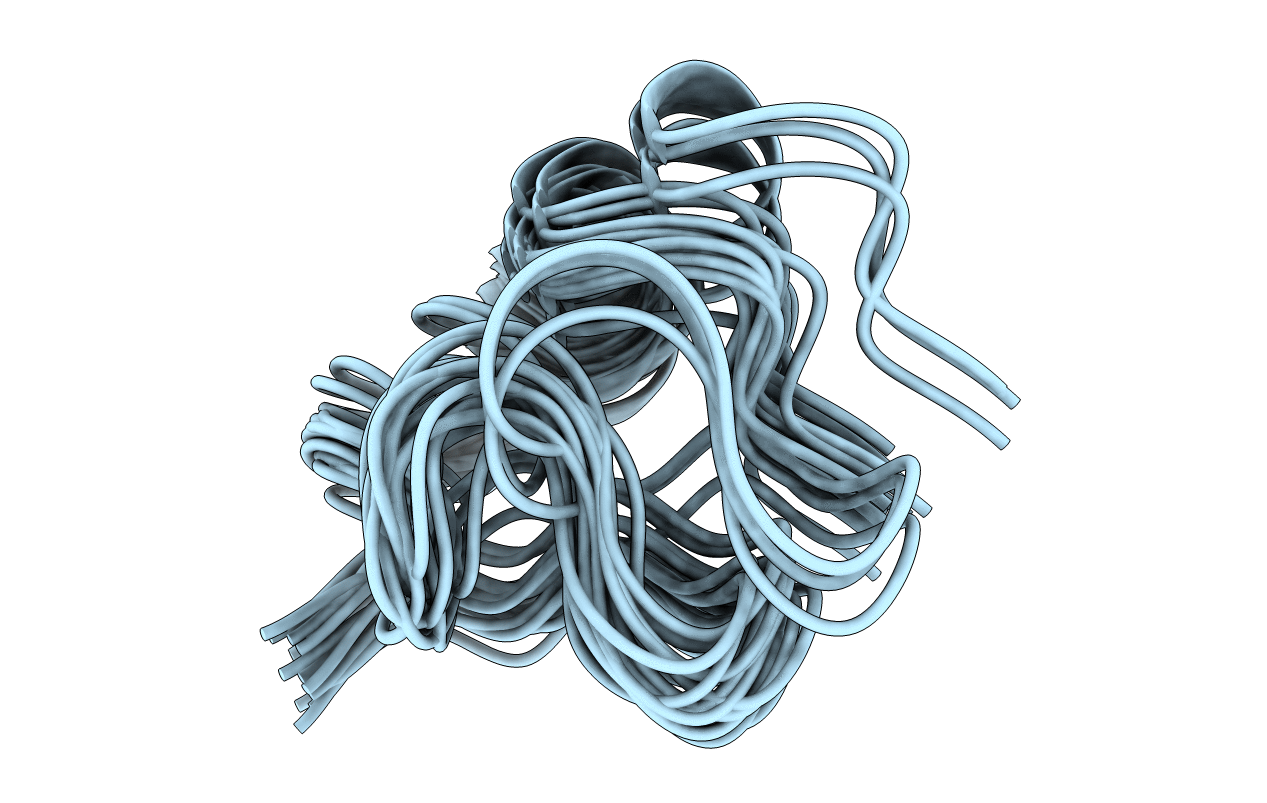
Deposition Date
2011-09-01
Release Date
2012-07-25
Last Version Date
2024-10-30
Entry Detail
Biological Source:
Source Organism:
Lychas mucronatus (Taxon ID: 172552)
Host Organism:
Method Details:
Experimental Method:
Conformers Calculated:
200
Conformers Submitted:
20
Selection Criteria:
20 structures for lowest energy


